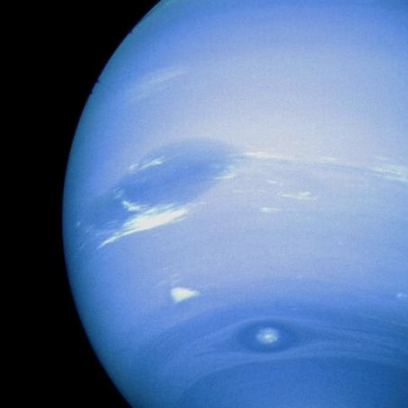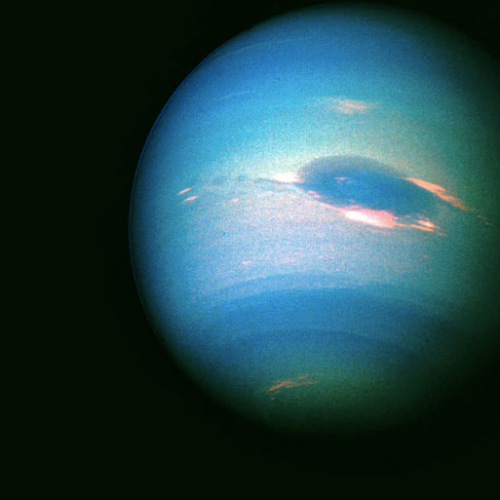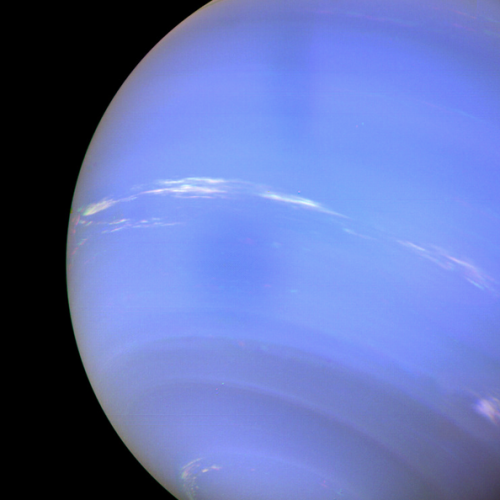This Isn’t Family Friendly But Its Darn Funny XD
This isn’t family friendly but its darn funny xD
WANT MORE? GET YOUR HEAD STUCK IN THE STARS AT MY BLOG!

They haven’t figured it out
More Posts from Acosmicgeek and Others
Goregous :O
In the Life of a Star Chapter 11, Additional Topics, I’ve been thinking about putting in a section on solar flares and prominences. Maybe if I have enough room, I do love this photo.
WANT MORE? GET YOUR HEAD STUCK IN THE STARS AT MY BLOG!

Dramatic solar activity was going on last night and I was able to create a gif of this solar prominence! 🌞🌞🌞
Solar prominences are different from solar flares since solar prominences are mostly pulled in by the Sun’s gravity, creating a majestic loop like shape! 🤩 🤩🤩
Taken by me (Michelle Park) using the Slooh Canary Five telescope on July 2nd, 2020.
Woah :O
COOOOOLLL
I’ve never gotten to see a full solar eclipse, just a partial one that happened a few years ago.
Maybe I’ll have better luck in the future?
WANT MORE? GET YOUR HEAD STUCK IN THE STARS AT MY BLOG!

Traveling for 4 days, Just to See 30 Seconds of The Full Annular Eclipse! It Was worth All the Effort!
via reddit
Neptune!
Mercury will always be my favorite planet (closest to the Sun, underappreciated, proved Einstein’s general relativity, among other things) but I think Neptune’s the most beautiful. Look at that hue!
WANT MORE? GET YOUR HEAD STUCK IN THE STARS AT MY BLOG!






neptune.
Galileo, what a man
WANT MORE? GET YOUR HEAD STUCK IN THE STARS AT MY BLOG!

Reality is often disappointing
The search for another Earth is super cool even if it might never end lol
But like, Aliens.
WANT MORE? GET YOUR HEAD STUCK IN THE STARS AT MY BLOG!
Are We Alone? How NASA Is Trying to Answer This Question.
One of the greatest mysteries that life on Earth holds is, “Are we alone?”

At NASA, we are working hard to answer this question. We’re scouring the universe, hunting down planets that could potentially support life. Thanks to ground-based and space-based telescopes, including Kepler and TESS, we’ve found more than 4,000 planets outside our solar system, which are called exoplanets. Our search for new planets is ongoing — but we’re also trying to identify which of the 4,000 already discovered could be habitable.

Unfortunately, we can’t see any of these planets up close. The closest exoplanet to our solar system orbits the closest star to Earth, Proxima Centauri, which is just over 4 light years away. With today’s technology, it would take a spacecraft 75,000 years to reach this planet, known as Proxima Centauri b.
How do we investigate a planet that we can’t see in detail and can’t get to? How do we figure out if it could support life?
This is where computer models come into play. First we take the information that we DO know about a far-off planet: its size, mass and distance from its star. Scientists can infer these things by watching the light from a star dip as a planet crosses in front of it, or by measuring the gravitational tugging on a star as a planet circles it.
We put these scant physical details into equations that comprise up to a million lines of computer code. The code instructs our Discover supercomputer to use our rules of nature to simulate global climate systems. Discover is made of thousands of computers packed in racks the size of vending machines that hum in a deafening chorus of data crunching. Day and night, they spit out 7 quadrillion calculations per second — and from those calculations, we paint a picture of an alien world.

While modeling work can’t tell us if any exoplanet is habitable or not, it can tell us whether a planet is in the range of candidates to follow up with more intensive observations.

One major goal of simulating climates is to identify the most promising planets to turn to with future technology, like the James Webb Space Telescope, so that scientists can use limited and expensive telescope time most efficiently.

Additionally, these simulations are helping scientists create a catalog of potential chemical signatures that they might detect in the atmospheres of distant worlds. Having such a database to draw from will help them quickly determine the type of planet they’re looking at and decide whether to keep observing or turn their telescopes elsewhere.
Learn more about exoplanet exploration, here.
Make sure to follow us on Tumblr for your regular dose of space: http://nasa.tumblr.com.

I read this article when answering a question on quotev and it’s fascinating!
WANT MORE? GET YOUR HEAD STUCK IN THE STARS AT MY BLOG!
Anddddd that’s how the nucleus was formed!
This would’ve been a great way to remember the Rutherford experiment in Chemistry class, lol
I should start studying by meme ...
WANT MORE? GET YOUR HEAD STUCK IN THE STARS AT MY BLOG!


Full Moon day!!!
WANT MORE? GET YOUR HEAD STUCK IN THE STARS AT MY BLOG!
Okay I love the Big Bang Theory (as in the actual scientific theory about the start of our universe) but also the TV show.
(Sheldon was my favorite)
Anyway I didn’t know there was a full version of the theme song and I really like it :)
WANT MORE? GET YOUR HEAD STUCK IN THE STARS AT MY BLOG!
-
 havuren liked this · 9 months ago
havuren liked this · 9 months ago -
 lanthatesself reblogged this · 1 year ago
lanthatesself reblogged this · 1 year ago -
 kaiser-powers liked this · 1 year ago
kaiser-powers liked this · 1 year ago -
 bizarrejoe liked this · 1 year ago
bizarrejoe liked this · 1 year ago -
 cfvyaddict liked this · 1 year ago
cfvyaddict liked this · 1 year ago -
 noneatnonedotcom liked this · 1 year ago
noneatnonedotcom liked this · 1 year ago -
 noneatnonedotcom reblogged this · 1 year ago
noneatnonedotcom reblogged this · 1 year ago -
 levanthein liked this · 1 year ago
levanthein liked this · 1 year ago -
 cloverpayne liked this · 1 year ago
cloverpayne liked this · 1 year ago -
 fanboy64blog liked this · 2 years ago
fanboy64blog liked this · 2 years ago -
 lanthatesself reblogged this · 2 years ago
lanthatesself reblogged this · 2 years ago -
 lanthatesself liked this · 2 years ago
lanthatesself liked this · 2 years ago -
 noneatnonedotcom reblogged this · 2 years ago
noneatnonedotcom reblogged this · 2 years ago -
 vanthunter liked this · 3 years ago
vanthunter liked this · 3 years ago -
 spookykingcat liked this · 3 years ago
spookykingcat liked this · 3 years ago -
 starwaltstudio liked this · 3 years ago
starwaltstudio liked this · 3 years ago -
 pinkparrotbanana reblogged this · 3 years ago
pinkparrotbanana reblogged this · 3 years ago -
 paradise-seeker5 liked this · 3 years ago
paradise-seeker5 liked this · 3 years ago -
 cripple-cat liked this · 4 years ago
cripple-cat liked this · 4 years ago -
 manebioniclegali reblogged this · 4 years ago
manebioniclegali reblogged this · 4 years ago -
 manebioniclegali liked this · 4 years ago
manebioniclegali liked this · 4 years ago -
 spideredweb liked this · 4 years ago
spideredweb liked this · 4 years ago -
 ghostey-ish liked this · 4 years ago
ghostey-ish liked this · 4 years ago -
 urisk-factor liked this · 4 years ago
urisk-factor liked this · 4 years ago -
 ultraximecd liked this · 4 years ago
ultraximecd liked this · 4 years ago -
 andieconda liked this · 4 years ago
andieconda liked this · 4 years ago -
 fae-hunter liked this · 4 years ago
fae-hunter liked this · 4 years ago -
 detectivesweets-blog1 liked this · 4 years ago
detectivesweets-blog1 liked this · 4 years ago -
 afterthesparks reblogged this · 4 years ago
afterthesparks reblogged this · 4 years ago -
 we-re-always-alright reblogged this · 4 years ago
we-re-always-alright reblogged this · 4 years ago -
 lalahart402 liked this · 4 years ago
lalahart402 liked this · 4 years ago -
 the-derby-life-chose-me liked this · 4 years ago
the-derby-life-chose-me liked this · 4 years ago -
 ephemeralprince liked this · 4 years ago
ephemeralprince liked this · 4 years ago -
 flamefox liked this · 4 years ago
flamefox liked this · 4 years ago -
 ariahana-blog2 liked this · 4 years ago
ariahana-blog2 liked this · 4 years ago -
 geminikrik8 liked this · 4 years ago
geminikrik8 liked this · 4 years ago -
 chad8472 reblogged this · 4 years ago
chad8472 reblogged this · 4 years ago -
 nerdy-shy-readytocry liked this · 4 years ago
nerdy-shy-readytocry liked this · 4 years ago

